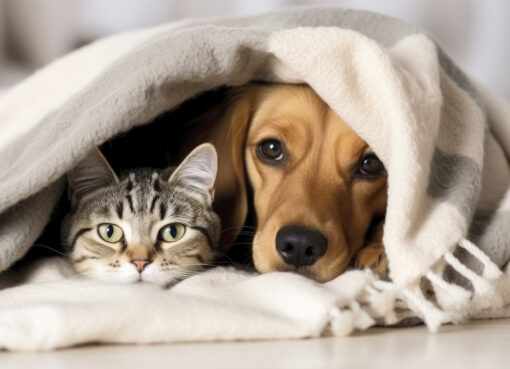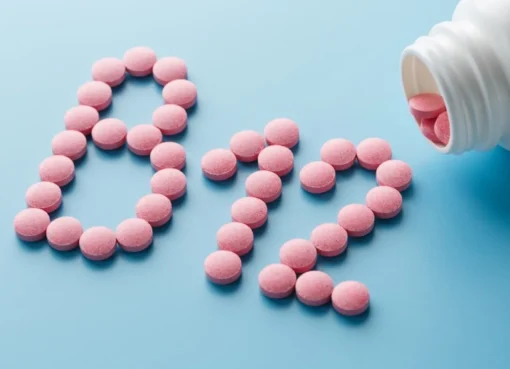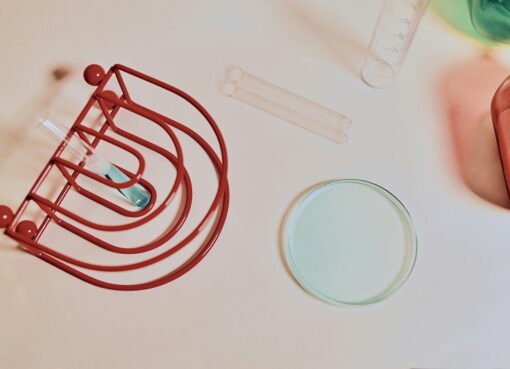Your Health or Your Wallet? Breaking Down What You’re Really Buying in High-End Honey
Manuka honey has gained a premium reputation, but what are you actually paying for — and is it worth it for your health or just a price tag gimmick? Let’s unpack the facts before you reach for that golden jar.
When Honey Stops Being Simple
Most people think of honey as a sweetener — a golden drizzle for toast or tea. But walk into a health store, and suddenly it’s a whole new world. You’ll find jars of manuka honey sealed in protective packaging, sporting labels like “UMF 20+” or “MGO 850+,” and price tags that rival luxury skincare.
That’s when the questions start. Why is some honey $8 and others over $80? Are you paying for real therapeutic value — or just clever branding?
The answer isn’t as straightforward as “this one’s better.” Like anything in health and wellness, it depends on your goals, your budget, and knowing what those labels actually mean.
The Real Problem: Too Much Hype, Not Enough Clarity
Let’s face it — honey shouldn’t be confusing. But once manuka entered the global wellness spotlight, things got complicated. Suddenly, people are trying to understand scientific acronyms like UMF (Unique Manuka Factor) and MGO (methylglyoxal), and wondering if they’re being duped.
Unfortunately, without understanding what these indicators mean, many shoppers end up overpaying — or worse, buying something that looks premium but delivers little of what they need.
What’s Driving the Price in High-End Honey?
A few things make authentic manuka honey more expensive than regular or raw varieties:
- Limited supply: The manuka bush only grows in parts of New Zealand and Australia.
- Grading systems: Testing for potency (like UMF or MGO) is costly and requires regulation.
- Therapeutic demand: High-grade manuka is used for wound healing, skin treatment, and immune support — not just sweetness.
But here’s the catch: not all manuka on the market is authentic, and not all jars are worth the price they carry.
Breaking Down the Labels: UMF vs MGO
To make an informed purchase, it helps to know what these grading terms actually mean:
- UMF (Unique Manuka Factor): This is a third-party verified rating that considers multiple factors — including MGO levels, leptosperin, DHA — to give a comprehensive measure of quality and authenticity. A UMF rating of 10+ or higher is generally considered therapeutic.
- MGO (Methylglyoxal): This focuses on the level of the key antibacterial compound in manuka honey. MGO 400+ and above is considered suitable for wellness use, while lower levels are more culinary.
Some jars will only list MGO. Others might include both. Higher numbers usually mean higher potency — and a higher price.
Case Study: Buying with Confidence in Sydney
Let’s take a real-world example from Camperdown, a suburb just outside Sydney’s CBD.
Jason, a 37-year-old architect, had been dealing with seasonal allergies and digestive issues. His naturopath suggested trying manuka honey to help support his immune system. Wanting something therapeutic, Jason walked into a specialty health shop and picked up a sleek jar labeled “Manuka MGO 1000+” — $98 for 250g.
The honey tasted great, but over time, Jason wasn’t sure it was doing much more than a sugar hit. Curious, he dug deeper and discovered the jar didn’t include a UMF certification, nor any sign of third-party testing.
He then visited a store in Newtown where a certified nutritionist explained the UMF vs MGO difference — and helped him compare brands that actually undergo independent testing. Jason left with a UMF 15+ jar from a verified New Zealand source — for the same price, but with verified authenticity.
He later found similar certified jars available online and in specialty shops selling manuka honey Melbourne CBD residents trust — another hotspot where shoppers are becoming increasingly label-aware.
This case reflects a common theme in the raw honey vs manuka honey debate: unless you understand the grading, you could easily pay top dollar for little more than fancy packaging.
How Does Raw Honey Compare to Manuka?
Raw honey — meaning honey that hasn’t been pasteurized or heavily filtered — is a healthy option and far superior to processed supermarket brands. It contains beneficial enzymes, antioxidants, and pollen.
But it’s not the same as manuka.
Where raw honey is a good all-around option for daily sweetening or minor wellness perks, manuka honey is more targeted. Its high MGO levels give it real antibacterial punch, used in everything from skin healing to immune support.
So when weighing raw honey vs manuka honey, the real question is:
Are you buying honey for taste, or for therapeutic use?
So, Is Expensive Honey Worth It?
It can be — but only if you’re buying the right thing for the right reason.
- For general use (like sweetening, baking, sore throats): Raw or low-grade manuka (UMF 5–10 or MGO 100–300) is sufficient.
- For therapeutic use (gut health, skin treatment, immunity): Go for certified manuka honey with a UMF 15+ or MGO 500+ rating.
Otherwise, you’re better off saving your money — or at least making sure the jar you’re buying is actually tested, traceable, and graded.
Don’t Get Fooled by the Fancy Jar
Packaging matters, but performance matters more. Many honey brands lean heavily into sleek branding and buzzwords without delivering the lab-verified contents clean-eating shoppers actually expect.
Next time you shop for high-end honey, ask yourself:
- Is this honey tested and verified?
- Does it clearly show UMF or MGO values — and what do those values mean?
- Is there a traceable source (country of origin, harvest info, or batch number)?
Even better, look for independent certification from the UMF Honey Association (for New Zealand manuka) or trusted Australian producers.
Final Thoughts: Buy Smarter, Not Just Sweeter
When it comes to premium honey, your money should buy more than just sweetness. It should buy trust, traceability, and therapeutic value.
If you’re unsure about the right product for your needs — whether you’re comparing raw honey vs manuka honey, or browsing for manuka honey Melbourne CBD shoppers recommend — take the time to understand what’s behind the label.
And remember: not all expensive honey is a scam — but not all of it is worth the splurge, either. When in doubt, start with a certified jar, try it for a few weeks, and track how you feel. The right jar might just make a real difference.






Leave a Comment